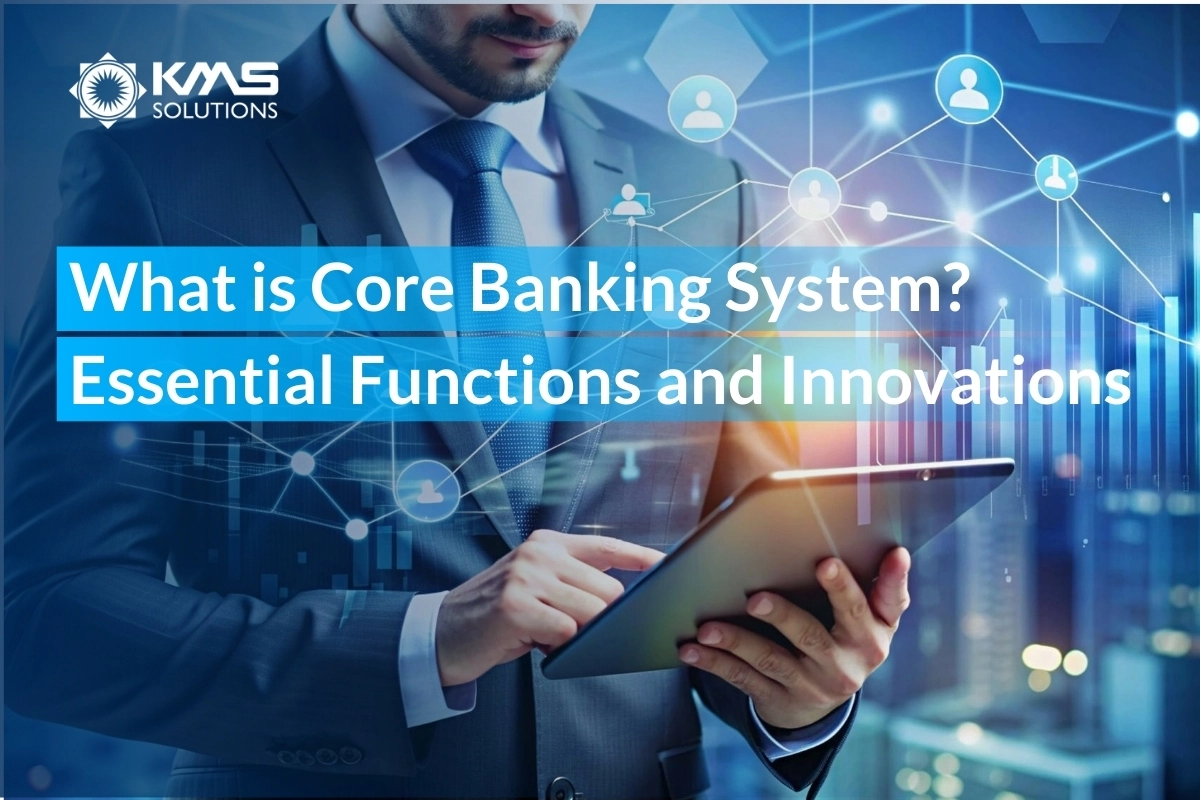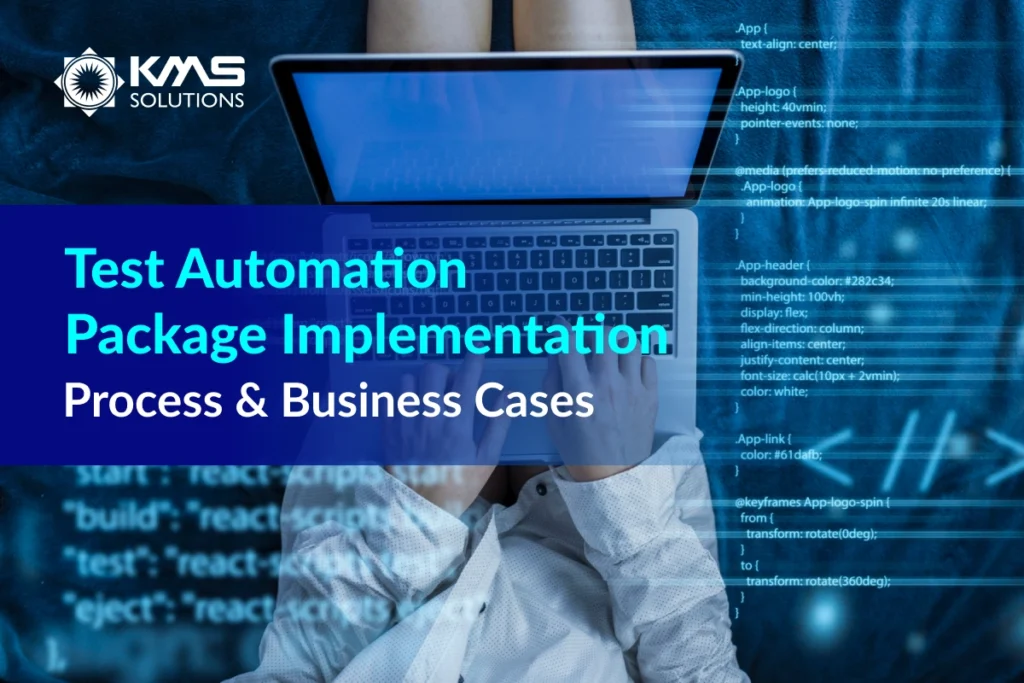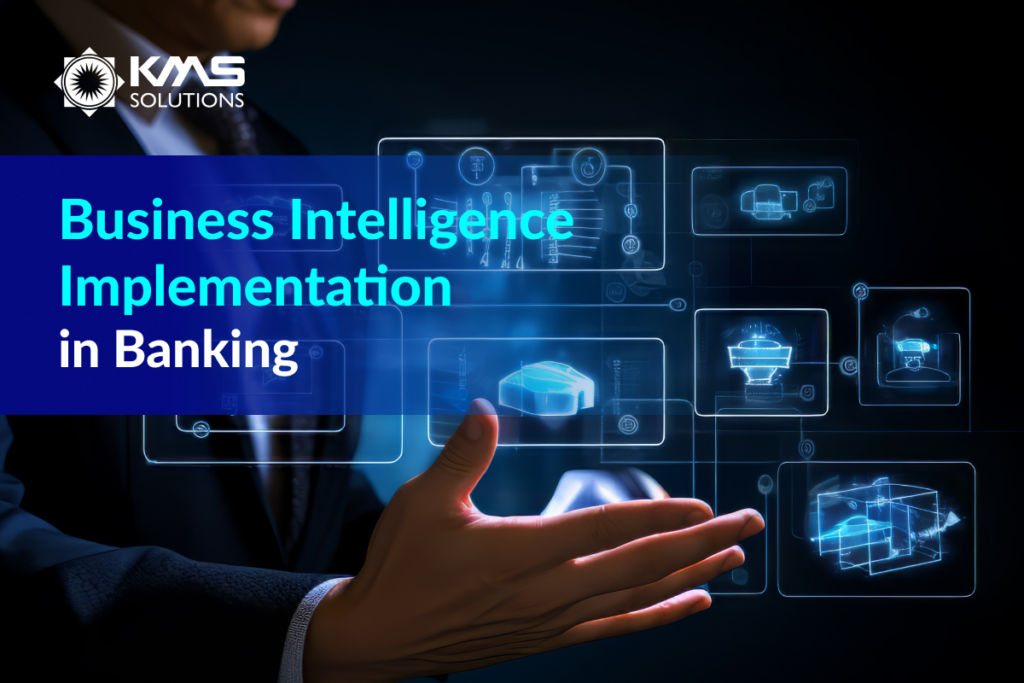Core Banking System (CBS) is a centralized system designed to manage a bank’s day-to-day operations, providing seamless integration of various banking functions. This software enables banks to offer consistent services across multiple branches and channels, enhancing efficiency and customer satisfaction.
With the rapid technological advancements, the core banking system has evolved significantly, incorporating innovations like cloud computing, real-time data processing, and advanced analytics to meet the growing demands of digital banking. This article delves into the fundamental aspects of the core banking system, exploring its key functionalities and the latest innovations shaping the future of banking.
Understanding Core Banking Systems and Integration
What is a Core Banking System?
The core banking system is a back-end platform connecting a bank’s branches to enable real-time operations like loan management, withdrawals, deposits, and payments. This centralized system ensures uniform delivery of banking services across all branches and digital platforms, offering customers a unified and efficient experience, whether they access services in person or online.

Core Banking Integration Defined
Core banking integration involves merging various banking services and functions into a unified central system. This integration ensures seamless communication between different banking operations, from payment gateways to mobile banking platforms and customer relationship management (CRM) systems. The result is a cohesive banking environment that enhances both operational efficiency and customer experience.
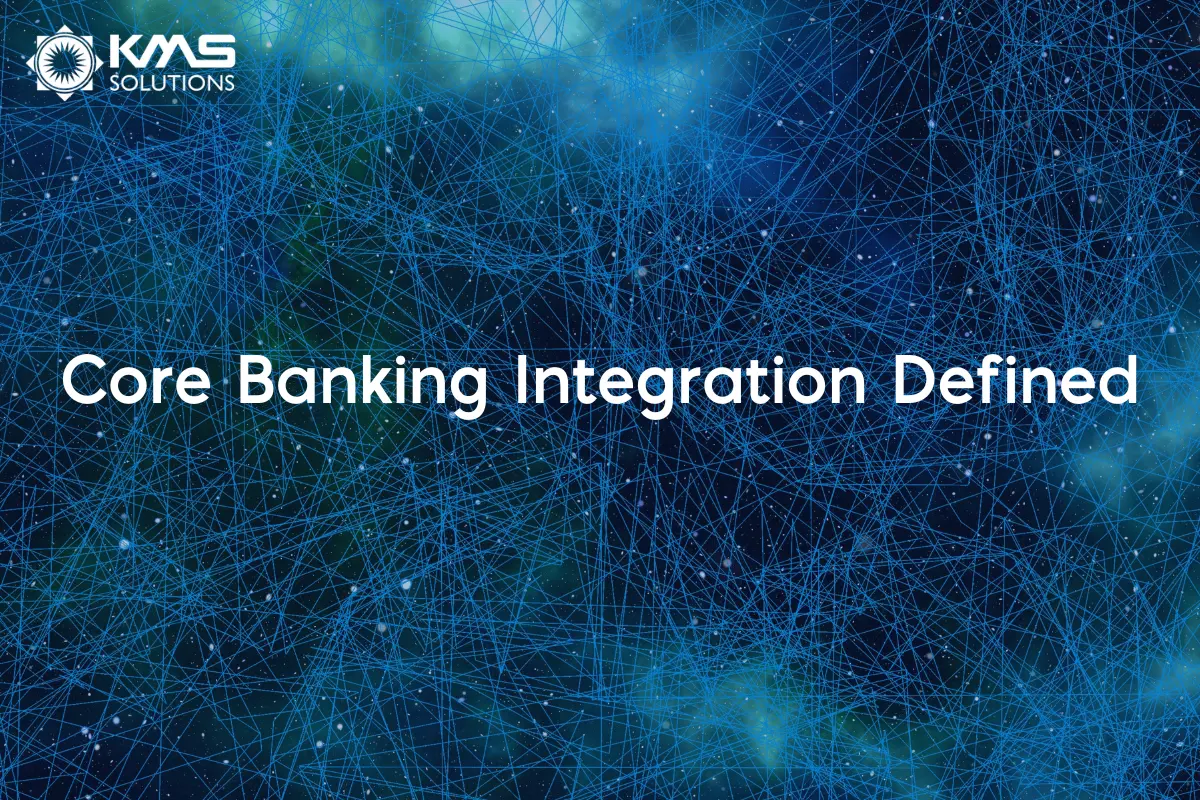
The Growing Importance and Current Landscape of Core Banking Systems
Core banking systems are becoming increasingly essential in the financial services industry, driving improvements in customer experience, operational efficiency, and market competitiveness. As banks adopt advanced technologies, these systems have become the backbone of modern banking operations, enabling seamless service delivery and fostering innovation.
Enhanced Customer Experience
Core banking systems are essential in delivering seamless, real-time access to banking services. With integration across multiple channels like online and mobile banking, customers benefit from a unified experience. Banks can personalize services and ensure faster transaction processing, resulting in greater customer satisfaction and loyalty.
Improved Operational Efficiency and Cost Saving
Integrating core banking systems automates routine tasks, reduces manual errors, and optimizes workflows. This streamlining not only cuts operational costs but also boosts productivity, allowing banks to redirect their focus toward strategic initiatives. By automating back-office processes, banks can operate more efficiently and improve service quality.

Better Data Management and Analytics Capabilities
Core banking integration equips financial institutions with advanced data management and analytics tools. With access to extensive customer data, banks can offer personalized products, enhance credit risk management, and improve customer retention. A data-driven approach enables smarter decision-making, delivering better outcomes for customers and the institution alike.
Enhanced Risk Management and Compliance
With core banking systems, financial institutions can strengthen risk management and regulatory compliance. Real-time data analytics enables banks to monitor transactions, detect potential fraud, and address compliance issues quickly. This proactive approach fosters customer trust and protects the institution from financial or reputational harm.

Market Overview: A Growing Core Banking System Landscape
The global core banking system market, valued at USD 10.89 billion in 2022, is expected to grow at a compound annual growth rate (CAGR) of 9.3% from 2023 to 2030. Key factors driving this growth include digital transformation, cloud-based solutions, open banking initiatives, and technological advancements such as AI and blockchain.
These innovations enable real-time processing, improved operational efficiency, and personalized services, reshaping the banking landscape. Large banks currently dominate the market, leveraging their resources to invest in sophisticated core banking software. However, mid-sized and smaller banks, along with credit unions, are also adopting these solutions to stay competitive and meet evolving customer expectations.
Key Technologies Enabling Modern Core Banking
APIs (Application Programming Interfaces)
APIs play a pivotal role in core banking integration by enabling seamless data exchange between different banking systems and third-party services. They act as intermediaries that allow software applications to communicate with each other, ensuring that various banking functions and services can be accessed and utilized across different platforms.
By providing access to services and data, APIs enhance agility and automate business operations, which is crucial for modern banking environments. For instance, RESTful APIs and GraphQL APIs are commonly used for their robust security features, developer-friendly documentation, and compatibility with various programming languages. Cloud computing offers significant advantages in core banking integration, such as scalability, flexibility, and cost-effectiveness.
By hosting core banking systems on cloud platforms such as Amazon Web Services (AWS), Microsoft Azure, or Google Cloud Platform (GCP), financial institutions can guarantee strong performance and easy accessibility. These platforms provide the infrastructure needed to support the massive data processing and storage requirements of modern banking operations.
Additionally, cloud computing allows banks to quickly scale their operations to meet changing demands without the need for significant upfront investments in physical infrastructure.

Cloud Computing
Cloud computing offers significant advantages in core banking integration, such as scalability, flexibility, and cost-effectiveness. By leveraging cloud platforms such as Amazon Web Services (AWS), Microsoft Azure, or Google Cloud Platform (GCP) for core banking systems, banks can achieve reliable performance and improved accessibility. These platforms provide the infrastructure needed to support the massive data processing and storage requirements of modern banking operations.
Additionally, cloud computing allows banks to quickly scale their operations to meet changing demands without the need for significant upfront investments in physical infrastructure.
Artificial Intelligence and Machine Learning
Artificial Intelligence (AI) technologies are revolutionizing banking integration by providing advanced data analytics, fraud detection, and personalized customer services. AI can process large volumes of data to identify patterns and anomalies, which is crucial for detecting fraudulent activities and managing risks.
Moreover, AI-driven insights enable banks to make informed decisions and improve customer experiences through personalized services. Tools like TensorFlow, PyTorch, and scikit-learn are commonly used for implementing AI in banking to enhance various operational aspects.
Robust Cybersecurity Measures
As core banking integration continues to evolve, there is an increasing emphasis on cybersecurity. With the rise of digital banking and the integration of various technologies, banks are handling more sensitive financial data than ever before. Ensuring the protection of this data from cyber threats is paramount. Banks are investing heavily in advanced cybersecurity measures, such as multi-factor authentication, end-to-end encryption, and continuous monitoring of network activities.
Additionally, regulatory bodies are imposing stringent cybersecurity standards that banks must comply with to safeguard customer data and maintain trust.

Common Challenges in Core Banking Integration
Legacy Systems and Outdated Tech Stacks
Legacy systems represent a major obstacle in core banking integration. These systems, often built decades ago, were not designed to interact with modern technologies, making integration a complex and costly endeavor. Outdated infrastructure and legacy systems can create significant barriers to seamless data exchange and communication between different banking functions.
#Tip: The challenge lies in upgrading or replacing these systems without disrupting ongoing operations. Therefore, financial institutions might take into account middleware strategies to bridge the gap between old and new systems, ensuring continuous service delivery during the transition.
Data Silos
Data silos, where information is isolated within separate departments or systems, create a major challenge. Breaking down these silos is crucial for achieving a unified financial services environment. This requires robust data integration strategies and tools that can consolidate data from disparate sources into a cohesive, accessible whole.
#Tip: The strategy here is leverage modern data integration tools and middleware that can connect different systems, translate data formats, and facilitate smooth data flow between legacy and new platforms.
Data Privacy and Security Concerns
Integrating legacy core banking systems with newer technology platforms increases the complexity of safeguarding sensitive financial data. These legacy systems were not designed with modern security standards in mind, making them vulnerable to data breaches and unauthorized access during the integration process.
#Tip: Ensuring the protection of this data during integration processes is critical to maintaining customer trust and regulatory compliance. Banks must implement advanced security measures such as encryption, multi-factor authentication, and continuous monitoring to safeguard data integrity. Additionally, adopting secure coding practices and conducting regular security audits can help identify and address vulnerabilities.
Regulatory Variations
Navigating the diverse regulatory landscapes across different regions adds another layer of complexity to core banking integration. Each region may have its own set of banking regulations and compliance requirements, which can complicate integration efforts.
#Tip: Banks need to ensure that their integration processes stay up-to-date with financial regulations and industry standards, such as GDPR, PCI DSS, and local data protection laws. This may require working closely with legal experts and regulators to grasp and apply the necessary compliance measures.

The Evolution and Current Landscape of Core Banking Systems
Evolution of Core Banking Systems
Core banking systems (CBS) have evolved significantly over time. Initially, they were simple ledger-based solutions designed to handle basic banking operations like deposits and withdrawals. However, with technological advancements, CBS has transformed into sophisticated digital platforms capable of supporting a wide range of financial products and services.
Modern core banking systems integrate advanced analytics, customer relationship management (CRM) tools, and embrace cutting-edge technologies such as cloud computing, artificial intelligence (AI), and machine learning (ML). These innovations have enabled banks to enhance operational efficiency, improve customer experience, and adapt to the ever-changing financial landscape.
Current Market Landscape
The global core banking system market is experiencing rapid growth, valued at USD 10.89 billion in 2022 and projected to expand at a compound annual growth rate (CAGR) of 9.3% from 2023 to 2030. This growth is driven by the increasing adoption of advanced technologies in banking operations, including cloud-based solutions, open banking, AI, and blockchain.
These technological advancements empower banks with real-time processing, enhanced loan and payment management, and personalized services, significantly boosting operational efficiency and customer satisfaction.
When considering market share by banking type, large banks currently dominate due to their resources and ability to invest in advanced core banking software. However, mid-sized banks, small banks, community banks, and credit unions are also accelerating adoption to remain competitive and meet the evolving demands of their customers.

Importance of Core Banking System in Modern Banking
CBS is essential for modern banking as it streamlines operations, enhances customer service, and ensures regulatory compliance. By enabling real-time transaction processing, CBS offers customers immediate access to their financial data, significantly improving their banking experience.
Additionally, core banking systems facilitate centralized and automated management of banking services, reducing operational costs and errors. They support various banking activities, including account management, loan processing, and payment transactions, ensuring seamless and efficient service delivery. This integration of services not only enhances operational efficiency but also allows banks to quickly adapt to market changes and customer needs.
CBS also helps banks comply with regulatory requirements by providing robust security features and comprehensive reporting tools. It ensures data integrity and confidentiality, protecting against fraud and cyber threats. The software also enables banks to generate accurate and timely reports required for regulatory compliance, helping them avoid penalties and maintain their reputation.
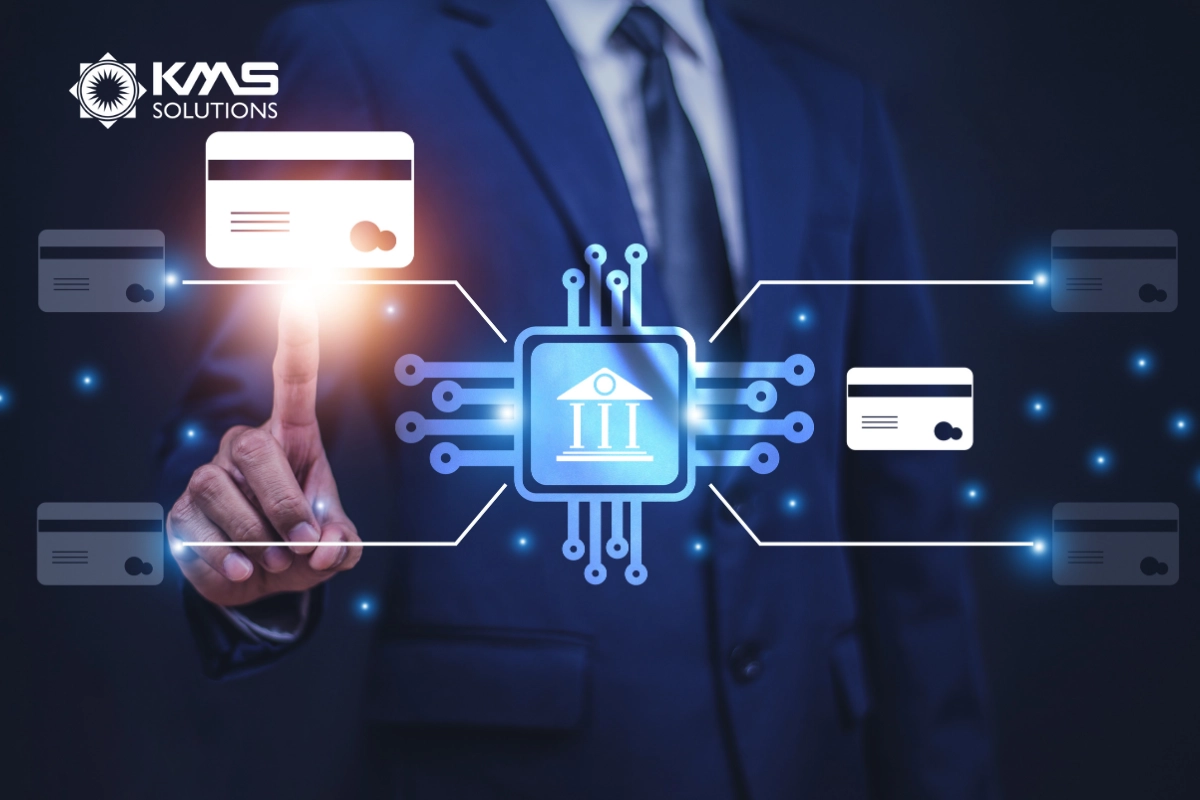
Key Features of Core Banking System
Real-time Transaction Processing
A critical feature of core banking systems is the ability to process transactions in real-time. This ensures that customers receive instant updates on their account activities, improving overall customer satisfaction by providing accurate and timely information.
Comprehensive Security Measures
Core banking systems are equipped with advanced security protocols, including encryption, multi-factor authentication, and secure access controls. These features are essential in safeguarding sensitive customer data and protecting against unauthorized access or breaches.
Data Analytics and Reporting
Modern core banking systems come with powerful data analytics and reporting tools that help banks gain insights into customer behavior, market trends, and operational performance. These insights are valuable for making informed decisions and optimizing banking operations.
Automated Loan and Credit Processing
These systems streamline the credit application process, from initial application to final approval, by automating the assessment of creditworthiness and managing the loan lifecycle efficiently.
Mobile and Digital Banking Integration
Core banking systems support mobile and online banking platforms, enabling customers to perform banking transactions, manage accounts, and access services from anywhere, enhancing convenience and accessibility.
Account Management and Onboarding
Whether through mobile platforms or in-person, core banking systems provide seamless account management, allowing customers to open new accounts, update information, and manage their finances efficiently.
Daily Banking Transactions
Core banking systems facilitate routine banking operations such as withdrawals, deposits, fund transfers, and account updates, ensuring that these transactions are processed quickly and securely.

Benefits of Implementing Core Banking System
Improved Customer Experience
Core banking system significantly enhances the customer experience by offering personalized services and quick access to financial data. Customers can easily manage their accounts, perform transactions, and access various banking services online or through mobile apps. This level of convenience and accessibility results in increased customer satisfaction and loyalty.
Enhanced Operational Efficiency
By automating routine tasks such as account management, transaction processing, and reporting, the core banking system reduces the likelihood of manual errors and increases productivity. Automation simplifies operations, enabling staff to concentrate on more strategic tasks and boosting overall bank efficiency.

Cost Savings
Core banking systems help banks achieve cost savings by lowering operational costs through automation and improved resource management. By reducing the need for manual intervention and paperwork, banks can cut down on labor costs and operational expenses. Additionally, the improved efficiency and accuracy reduce the costs associated with errors and compliance issues.
Better Decision Making
Core banking system utilizes data analytics to deliver crucial insights for strategic planning and informed decision-making. Banks can examine customer behavior, market trends, and financial performance to make data-driven decisions that foster growth and increase profitability. The capability to access real-time data enables proactive management and more accurate forecasting.
Increased Agility
The flexibility of core banking system enables banks to quickly adapt to market changes and evolving customer needs. Whether it’s launching new products, complying with regulatory changes, or responding to competitive pressures, core banking systems provide the agility needed to stay ahead in a dynamic financial environment.

Challenges and Key Strategies in Implementing Core Banking System
Integration with Legacy Systems
Integrating a new core banking system with existing legacy systems poses a significant challenge. Legacy systems often use outdated technologies that may not be compatible with modern software solutions. This can lead to issues such as data inconsistency, system downtime, and increased operational costs.
#Strategy: Ensuring seamless integration requires meticulous planning, robust middleware solutions, and a phased implementation approach to minimize disruptions.
Ineffective Data Migration
Safely migrating vast volumes of data from old systems to new core banking system is a complex process. Data integrity must be maintained throughout the migration to prevent any loss or corruption.
#Strategy: It’s worth considering to focus on careful data mapping, validation, and testing to ensure that all financial records, customer information, and transaction histories are accurately transferred. Implementing automated tools for data migration and engaging experienced data specialists can significantly mitigate risks.

Staff Training and Adaptation
Introducing new core banking system necessitates comprehensive staff training to ensure effective utilization of the new system. Employees need to adapt to new workflows, interfaces, and functionalities. This transition can be challenging, especially if the new software significantly differs from the old system.
#Strategy: Providing ongoing training sessions, creating detailed user manuals, and offering continuous support can help employees adapt more quickly and reduce resistance to change.
Regulatory Challenges
Financial institutions must comply with diverse and stringent regulations when implementing new core banking system. These regulations vary by region and include data protection laws, anti-money laundering (AML) directives, and know-your-customer (KYC) requirements. Ensuring that the new software complies with all relevant regulations is critical to avoid legal penalties and maintain customer trust.
#Strategy: Collaboration with legal experts and regulatory bodies during the software development and implementation phases is essential to achieve compliance.
Cost and Time Constraints
Implementing core banking system is a significant investment in terms of both time and money. The costs include not only the software itself but also the expenses related to system integration, data migration, staff training, and ongoing maintenance. Additionally, the implementation process can take several months to years, depending on the complexity of the banking operations and the scale of the system upgrade.
#Strategy: Careful budgeting and project management are crucial to ensure that the implementation stays within the allocated resources and timeline.
Customer Experience Impact
Any disruption during the implementation of new core banking system can adversely affect customer experience. Downtime, transaction delays, and system errors can lead to customer dissatisfaction and potential loss of business. Therefore, maintaining high levels of customer service during the transition period is vital.
#Strategy: Banks must communicate transparently with their customers about the changes, provide alternative solutions during downtime, and quickly address any issues that arise.

How KMS Solutions Help Businesses in Core Banking System
KMS Solutions offers comprehensive core banking system services that leverage advanced technologies to optimize banking operations and enhance customer experience. Here’s how KMS Solutions makes a significant impact:
- Generative AI Adoption: KMS Solutions utilizes generative AI to enhance decision-making processes within banks. By incorporating AI-driven analytics, the company can help banks anticipate customer behavior, detect trends, and make informed, data-driven decisions.
- Enhanced Cybersecurity Measures: Cybersecurity is a critical concern in the banking sector. KMS Solutions employs strong security protocols to safeguard sensitive data against cyber threats. Our approach includes advanced encryption methods, real-time threat detection, and comprehensive security audits. By prioritizing cybersecurity, KMS Solutions ensures that banking systems are secure and compliant with regulatory standards, thereby safeguarding customer data and maintaining trust.
- Integration with Fintech Solutions: KMS Solutions ensures seamless integration with modern financial technologies. This includes APIs that allow banks to connect with third-party services, enhancing functionality and customer experience. By integrating with fintech solutions, banks can offer innovative services such as mobile payments, digital wallets, and real-time transactions.

Conclusion
The core banking system is pivotal in modernizing financial services. By integrating essential banking functions and leveraging innovative technologies, CBS enhances operational efficiency, customer satisfaction, and regulatory compliance. As banks continue to navigate the digital age, partnering with a proficient service provider like KMS Solutions can drive significant improvements in service delivery, customer satisfaction, and overall business performance.




